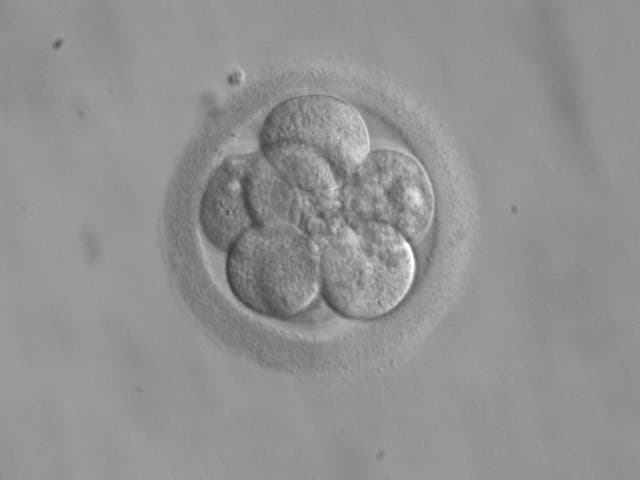Swedish biologist Fredrik Lanner and colleagues at the Karolinska Institute in Stockholm plan to edit healthy human embryo genes, marking a first in science if they become successful. The once edited human embryos will not be allowed to survive past 14 days and the stated goal is to learn about what genes are involved in miscarriages or infertility. Not everyone is convinced that this highly controversial study ought to be allowed to take place, though, as some fear it might create the necessary precedent for far more worrisome interventions like introducing genetically edited humans into the gene pool or so-called ‘designer babies‘.
“Having children is one of the major drives for a lot of people,” Lanner told NPR. “For people who do struggle with this, it can tend to become an extremely important part of your life.”
“If we can understand how these early cells are regulated in the actual embryo, this knowledge will help us in the future to treat patients with diabetes, or Parkinson, or different types of blindness and other diseases,” he says. “That’s another exciting area of research.”
To edit the human embryos, the Swedish scientists will inject the embryo’s four cells with CRISPR-Cas9, a gene-editing tool comprised of only two molecules which can zero in on a particular strand of DNA, cut it out like a pair of scissors, then stitch everything back together. It’s the easiest and most precise gene editing tool at our disposal, but its power is yet to be determined. That’s why studies such as Lanner’s are important and have their place, as long as they’re done responsibly.
The video below gives you a nice rundown of what CRISPR is and what you can do with it.
Previously, in 2015, Chinese researchers caused a lot of stir after they edited human embryos to remove a gene involved in the blood disorder beta-thalassemia. Then, in 2016, another group from China did something similar only this time the DNA was modified such that the embryo would be resistant to infection with HIV. However, the two attempts involved embryos fertilized by two sperm during in vitro fertilization (IVF), making them unviable past a certain post in their development.
The embryos used by the Swedish researchers are all healthy and currently frozen after they were donated by couples who had gone through in vitro fertilization at the Karolinska University Hospital to try to have children. These embryos could theoretically fully develop into babies if they’re allowed to. Instead, Lanner says they don’t plan to let cell division work for more than 14 days. During this time, they hope to learn which genes are linked or directly involved with miscarriages. Previously, they identified which genes were expressed in 88 human embryos in the early stages of development.
In December 2015, scientists convened for an international summit in Washington, D.C., where they concluded is way far too early to allow genetically modified babies to be carried to term. However, basic research on embryos such as the one Lanner is working on was deemed acceptable. It’s still not clear where the line is drawn, though. That might happen later this year when a report authored by the gene-editing initiative will be released.










